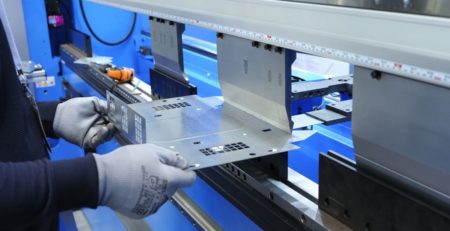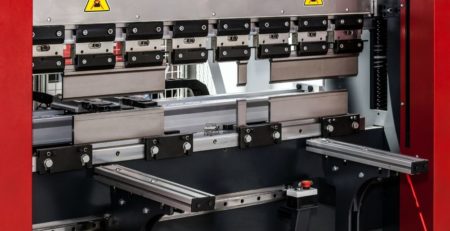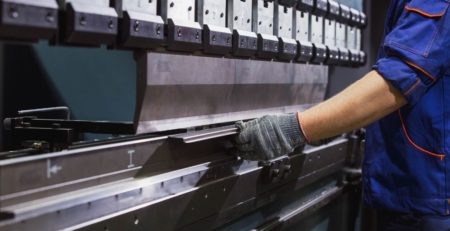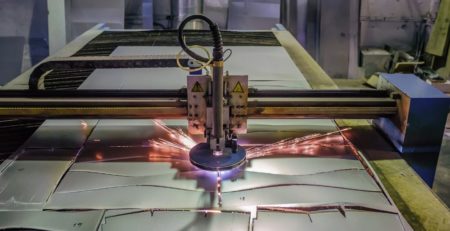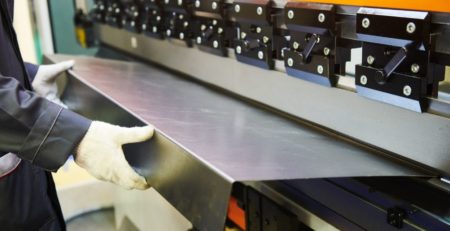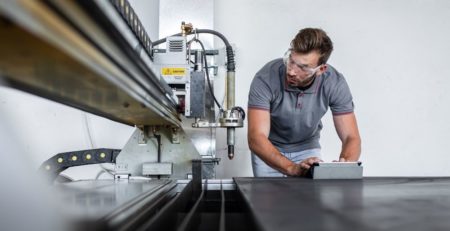Tips for Choosing CNC Software
CNC stands for computer numerical control, which is a system that uses information sent by a computer to an instrument for mathematical precision. While CNC machining and CNC manufacturing are the standards in many industries, it’s challenging to find the right interface that makes it work. Here are a few tips for choosing CNC software and making it work with your machines.
What Is CNC Software?
CNC software is the magic behind the machine. It’s one thing to have a manually operated press that can flatten metal into parts. It’s quite another to have a computer-automated, highly precise press that can flatten metal into hundreds of identical parts.
CNC software fills the gap in machining tasks, building an accessible interface for technicians to use. Like all software, it’s a computerized system with dials and windows in an accessible navigational panel. Depending on the software you choose, you could have all the bells and whistles along with custom-built aesthetic designs.
Consider Your Operations
The first step in selecting CNC software is analyzing the nature of your operation. Considering every aspect of how you run your business will bring unexamined processes into the light. These are the things you should look for as you explore your business.
Catalog Your Process
It always helps to start with the bigger picture in mind. So, ask yourself some questions, such as, what is the general process for your production? Where do you start, and how do you reach the finish? How you answer these questions will determine the efficacy of your operational audit.
Start at the beginning with your raw materials, and then catalog your process step by step until you have the entire scope in view. If you want to see where you could cut back and learn more, you must have all the moving pieces laid out. With a clear and accurate understanding of your procedural expectations and processing shortcomings, you can develop a targeted plan for CNC implementation.
Assess Each Need
As you audit and catalog your operation, you’ll notice problems that need fixing. Whether they’re egregious product flaws or machining difficulties, you’ll undoubtedly have copious problems to address. The more space you give yourself for analysis and problem-solving, the better your solutions will be in the long run.
As you assess each need, also categorize the task. For example, you could include columns for process errors, technician frustrations, and product problems. That way, you can keep each tailormade solution separate from the others.
Consider Your Options
After scoping out the operational side of the equation, turn to the options at your disposal. Keep them in mind as you search for CNC software that has what you need.
Get To Know the Market
An indication of a well-versed and future-thinking business is its ability to adapt and keep with the times. How conversant are you with the latest technology? Where do you go for technical information about your industry? While you likely have methods for your professional development and business growth, it never hurts to revisit market trends.
Is CNC machining one of your technological areas of growth? If so, you should dive deep into the various types and options on the market. The more you understand what each machine does, the better you can compare its capabilities. CNC software can impact productivity beyond what you previously imagined; it’s especially advantageous when you employ versions relevant to your work.
Prioritize Efficiency
Efficiency is the name of the game when it comes to industrial processing. If you notice a delay in production time between one machine and another, there is room for growth. In order to be efficient, you’ll need to have a streamlined process with as little downtime as possible.
The general rule of thumb should be that peak performance times operate with the highest efficiency. When there is a noticeable gap between what is happening and what could be, it is time to step in and consider new procedures and tools like CNC software.
Look at Ease of Use
All new software takes time to learn—it would be silly to expect your staff to pick up a system by the end of the week, let alone the end of the day. You must give people time to familiarize themselves with new tools and make the most of the shortcuts and nuances with the technology. So, when you choose a CNC system, look at the ease of use in order to minimize frustrations and decrease the learning curve.
Software is all about presenting relevant information and giving you the gadgets so you can tinker with your work as needed. CNC software offers a wide array of customizable features. Due to this level of detail, you will need to train staff and give them time to refresh their memories as the months pass.
Check Out Performance
CNC software is all about achieving the best performance possible. To achieve this optimal capacity, you must ensure the performance limits of the software and how well it can handle the projects you assign it. When assessing software performance, look at how well it performs its function, how precisely it can direct the machine, and quickly it can move from task to task. Each of these aspects of CNC machining will come into play, so make sure the software you use can fit the bill. The last thing you want to experience with your brand-new system is a failure to connect or automate tasks. When you have the right tool on hand, you can improve task efficacy and also boost performance for your entire shop.
Remember these tips for choosing CNC software as you peruse the various options. If you need a machine to accompany your CNC software choice, check out our metal fabrication equipment for sale at Mac-Tech Inc. We offer a wide variety of integrated CNC fabricating solutions that make your business more efficient and processes more effective. If you have any questions about CNC software or computerized industrial systems, reach out to our team today.




